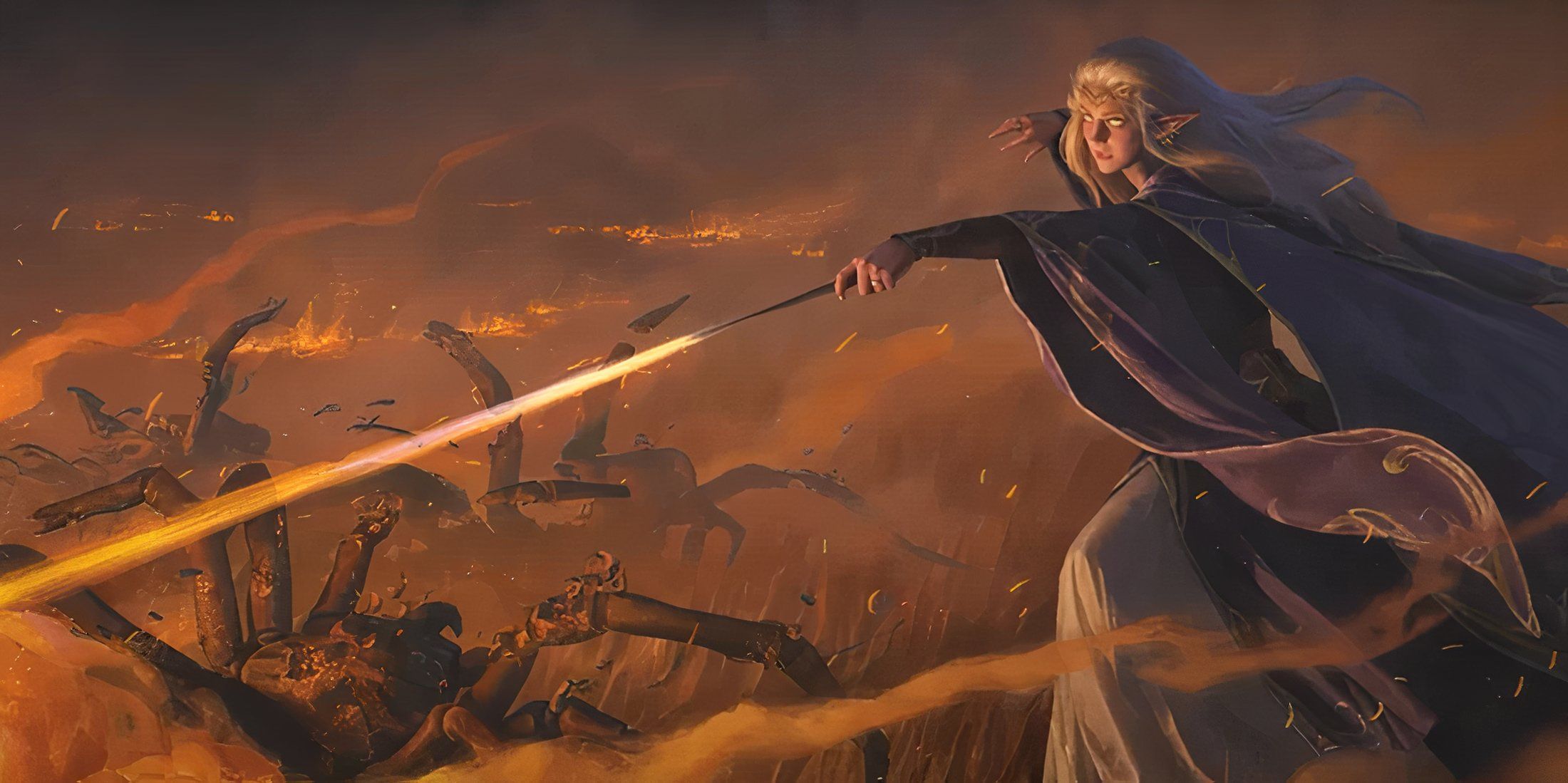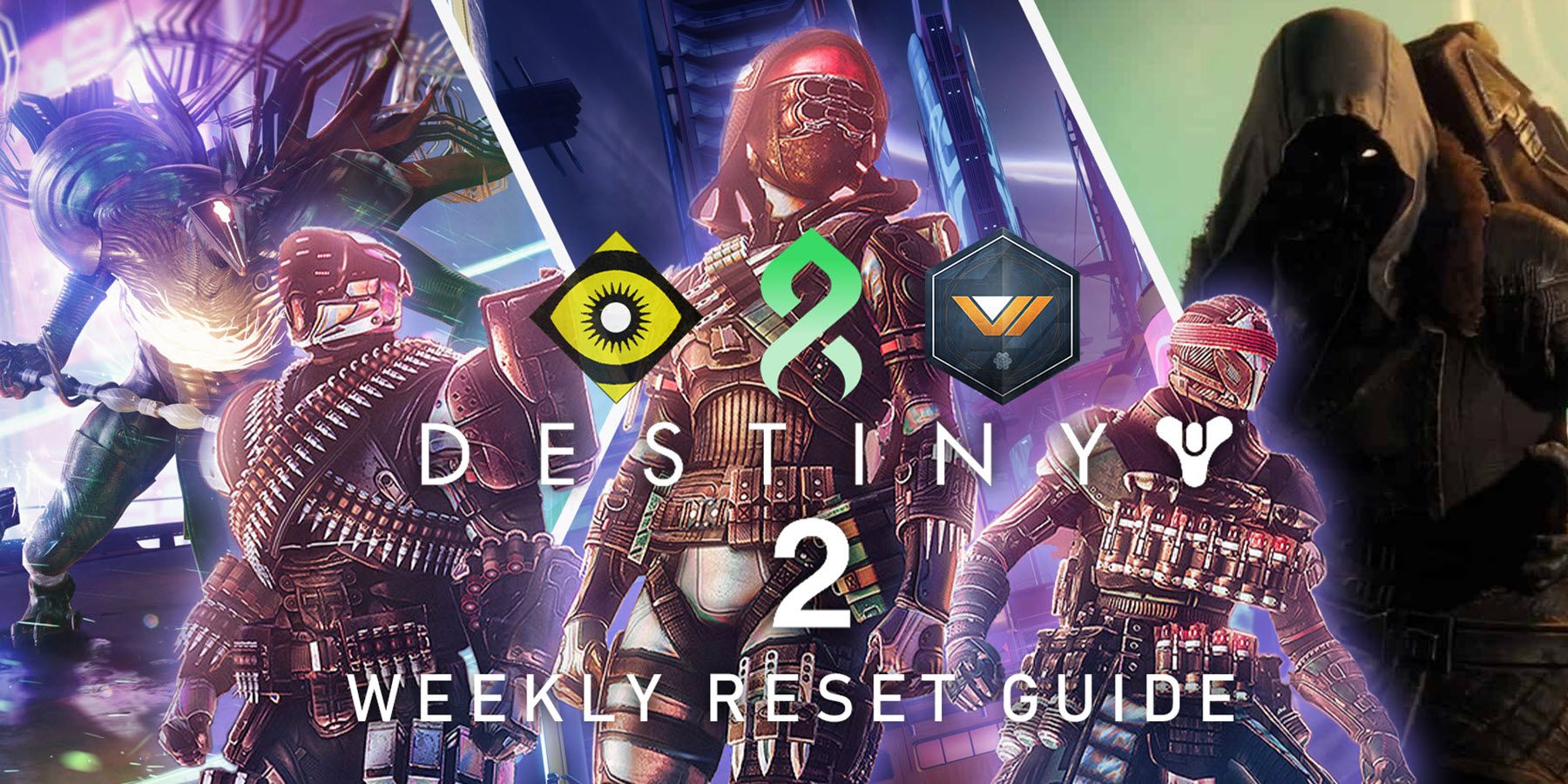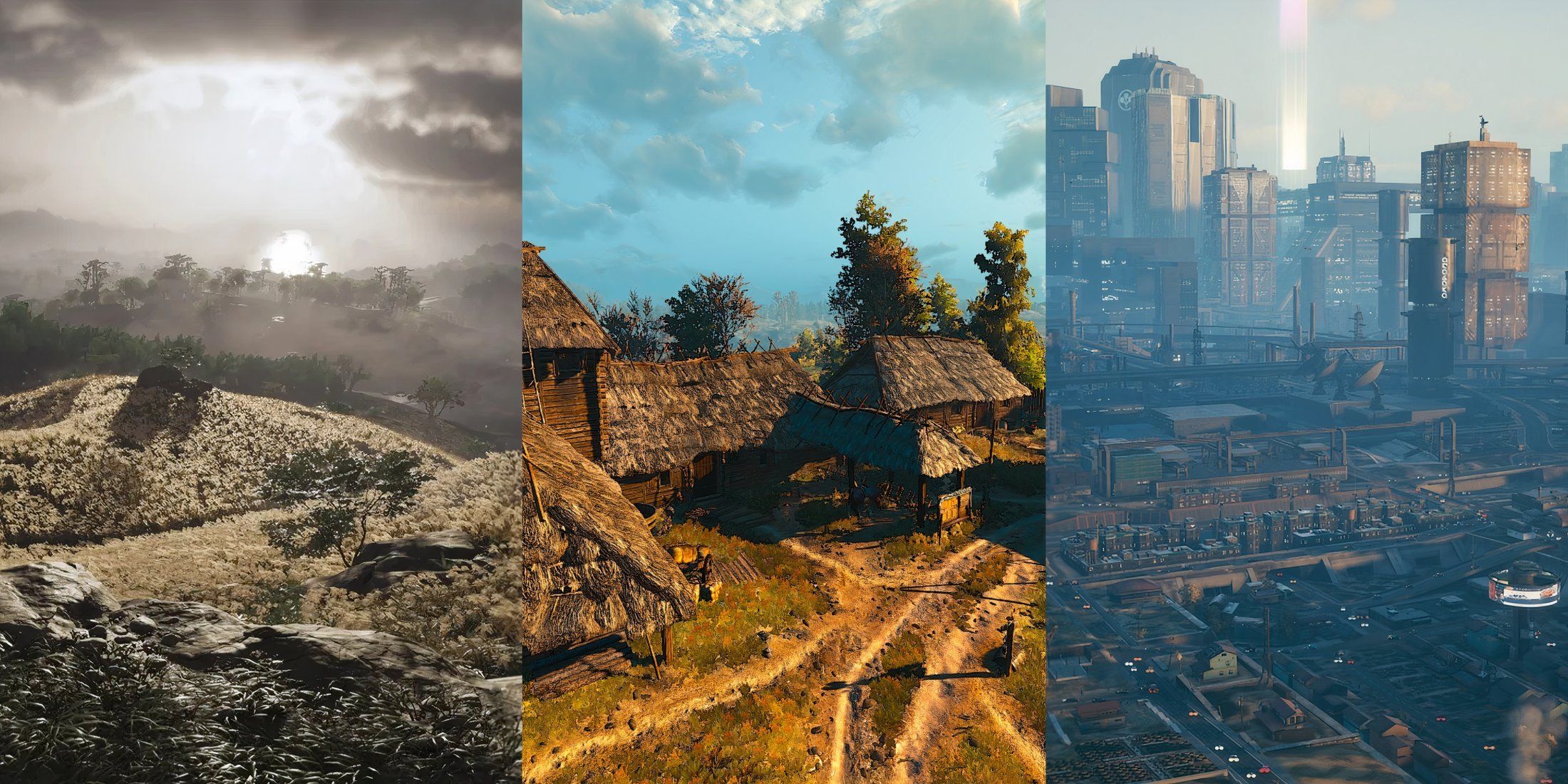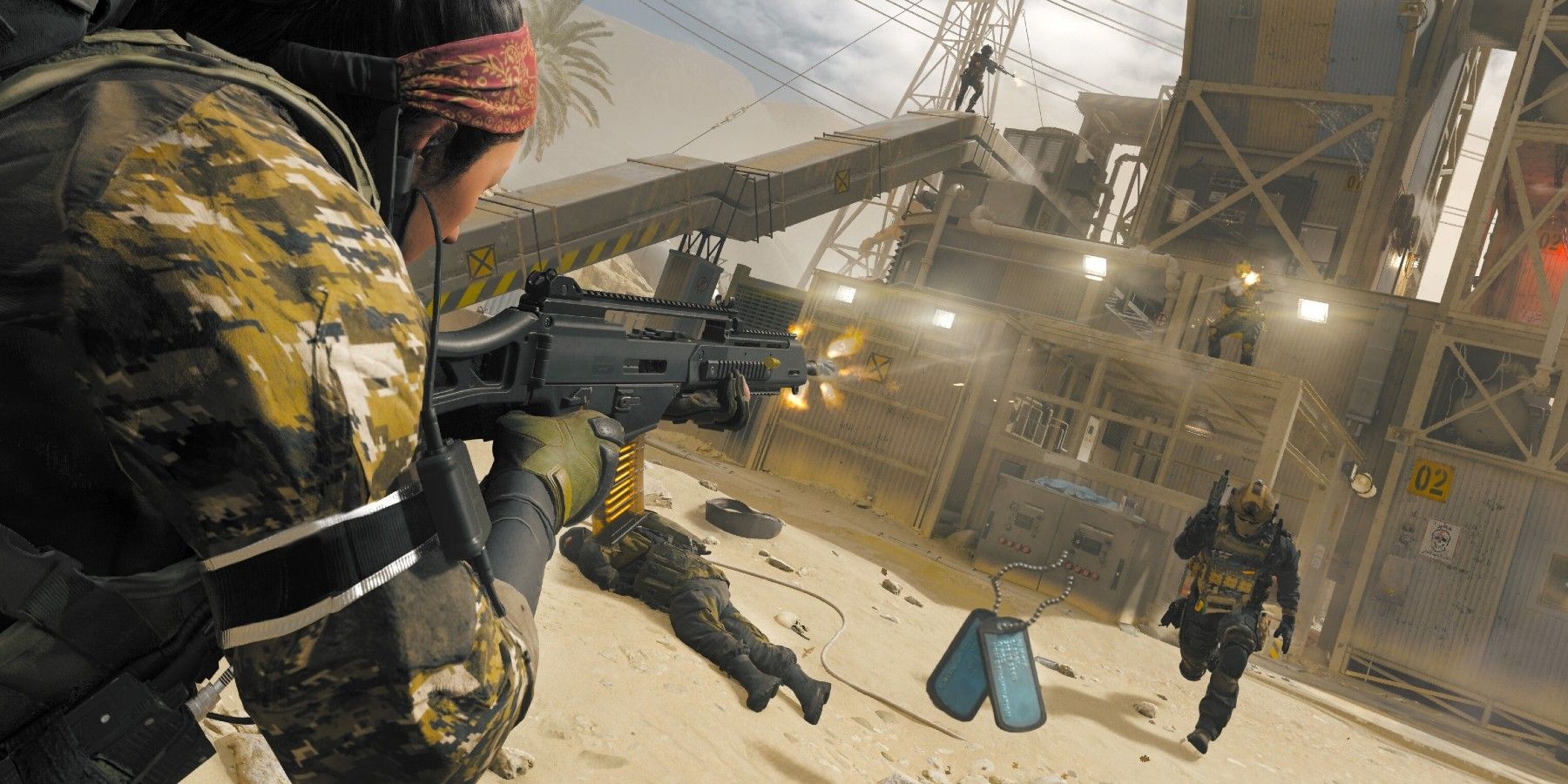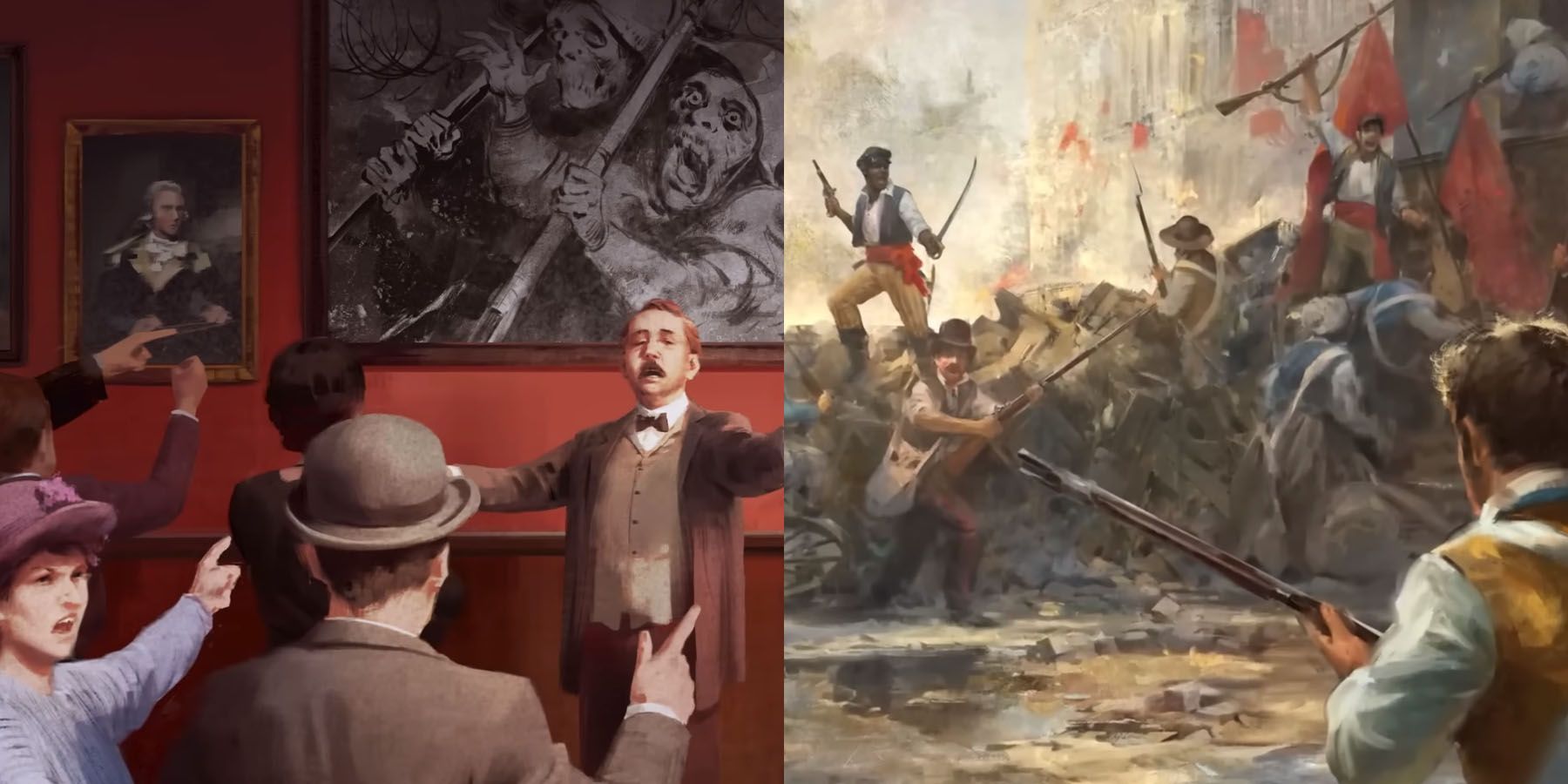In the RPG world, Dungeons and Dragons is perhaps best known for its possibilities. From official modules to fully homebrew adventures, the only limits are the players’ own imaginations. The new Player’s Handbook, coming this September, seems to foster this important facet of Dungeons and Dragons.
In particular, the new changes to player species and backgrounds offer far greater customization than the TTRPG has ever seen, at least when it comes to official Wizards of the Coast content. With more flexible racial modifiers, more complex backgrounds and origins, and other starting bonuses, players are given much more story potential from the jump.
Related
Dungeons and Dragons’ 2024 Player’s Handbook Comes With Awesome Pre-Order Bonus
The Dungeons & Dragons 2024 Player’s Handbook’s Digital Edition comes with some extra bonuses that players won’t want to miss out on.
D&D’s New Handbook Encourages Players to Dive into Backstory
Tabletop Character Origins are More Thorough in Updates
The way the new Player’s Handbook handles backgrounds is broad and flexible. There will be 144 combinations for background features (within a more fluid, practical system based on ability scores) including the ability to choose one free feat from a list of 75.
The traditionally fixed racial ability scores are also disappearing in favor of those customized D&D backgrounds and their skills. Design lead Chris Perkins confirmed that backgrounds will provide ability score bonuses that can be chosen. It appears this overhaul will shift to a more practical focus on how these skills show up in-game—that is, making them make sense for one’s class while still opening up new narrative possibilities for who a character was before the adventure.
That doesn’t mean races don’t still have their place. The new book will now refer to races as species and will be removing the “half” races (namely, half-elf and half-orc), as this has always implied human as the default other half, limiting genetics in an unrealistic manner. On top of intuitive background and feat choices for D&D players, creating a character based on overarching biological, cultural, and socioeconomic roots will allow players complexity without sacrificing mechanics.
D&D’s Upgrades to Classes Round Out the Tabletop Experience
The class updates of the new Player’s Handbook also focus on more character. Obviously, the greater changes have to do with mechanics and general progression, but it seems efforts have been put forward to make classes feel more well-rounded in a campaign. Jeremy Crawford, lead designer of the PHB, pointed out that classes will now have more flexibility and options. In June, he said, “Classes that before, like say the Barbarian, that were primarily combat-focused now have ways to contribute outside combat.”
Narrative Creation Becomes more Accessible with the New PHB
Many Dungeon Masters use modules, and they make a good basis for those uncomfortable with homebrewing, but one would be remiss to not acknowledge the popularity of invention. The love of shows like Critical Role and Dimension 20 only furthers the case for well-thought-out games, usually accompanied by rule flexibility (which often already used changes seen in the new PHB) or heavy-impact creations like Matt Mercer’s Blood Hunter class. All this to say, it seems Wizards of the Coast is catching up to players’ needs and wants.
The changes of the 2024 Player’s Handbook simply make an already complex game more accessible. For any new player or even DM, it can be daunting to come up with character origins and place them in the world. But WotC has now made it easier to get started and get the most out of the game, discovering the very real magic of Dungeons and Dragons.
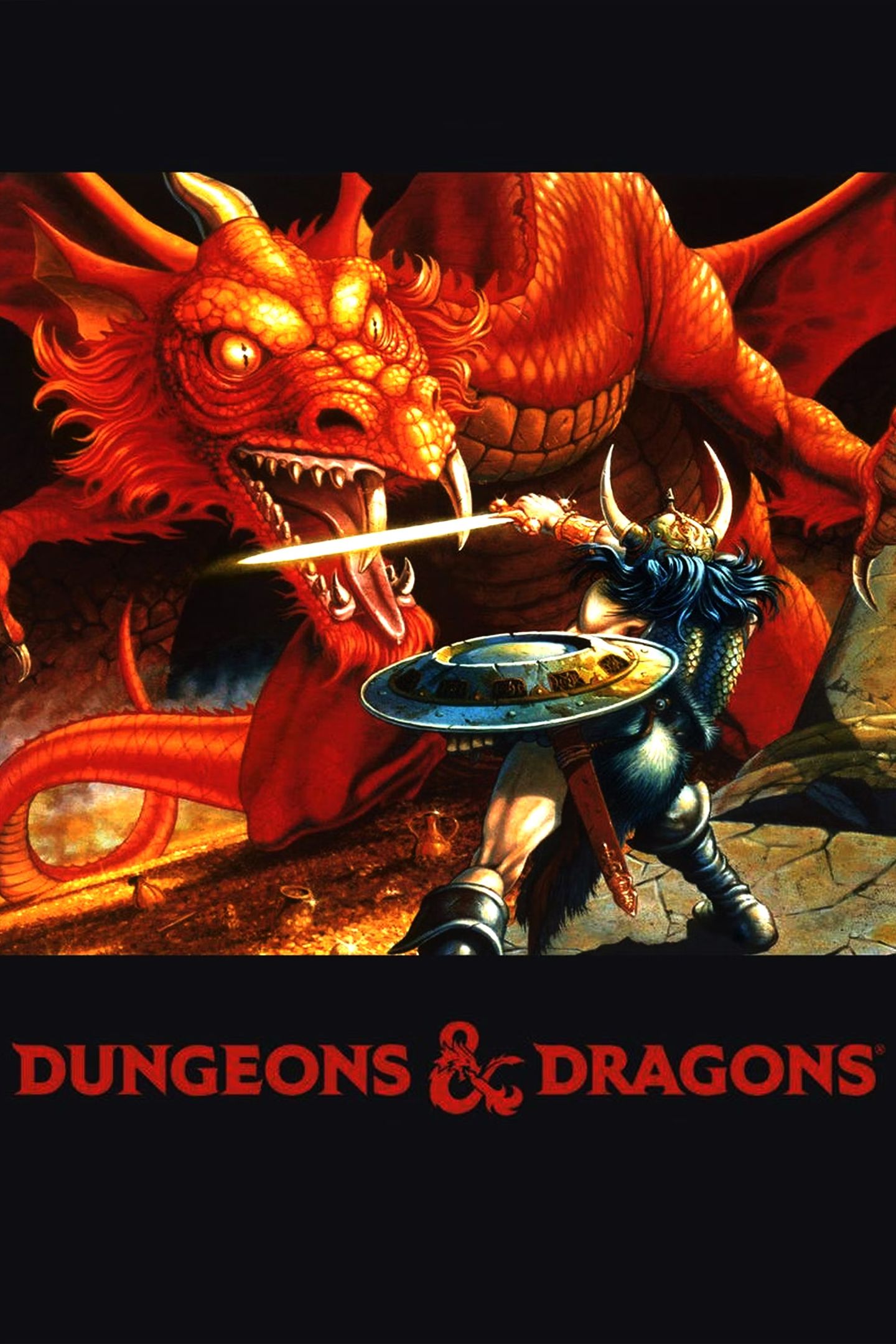
Dungeons & Dragons
- Created by
- E. Gary Gygax , Dave Arneson
- Creation Year
- 1974
- Movie
- Dungeons & Dragons: Honor Among Thieves

/cdn.vox-cdn.com/uploads/chorus_asset/file/25646068/robotarm.jpg)
